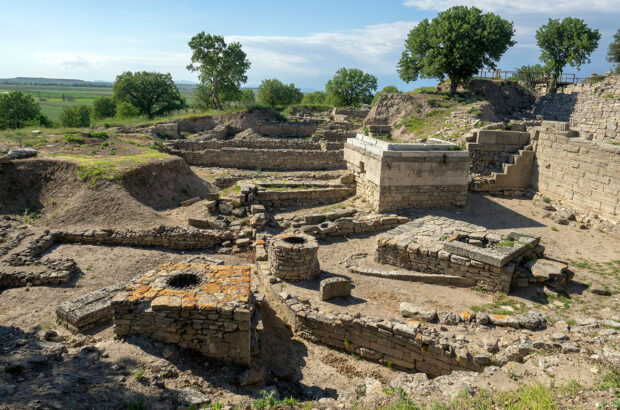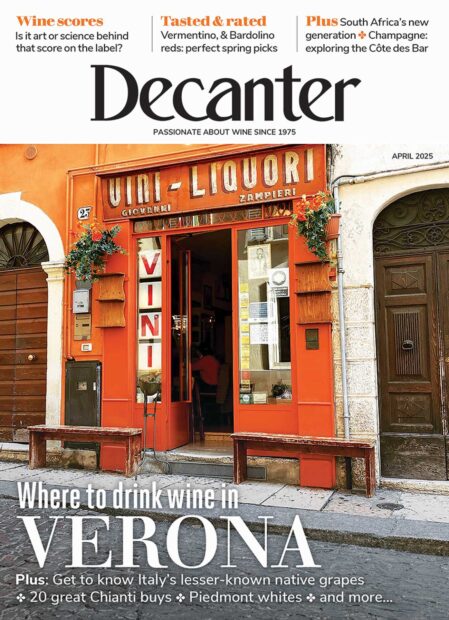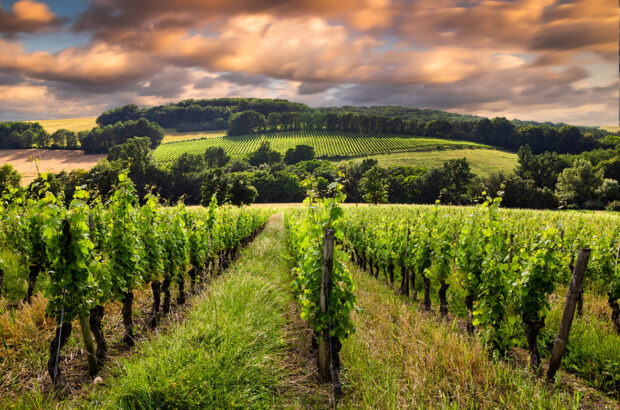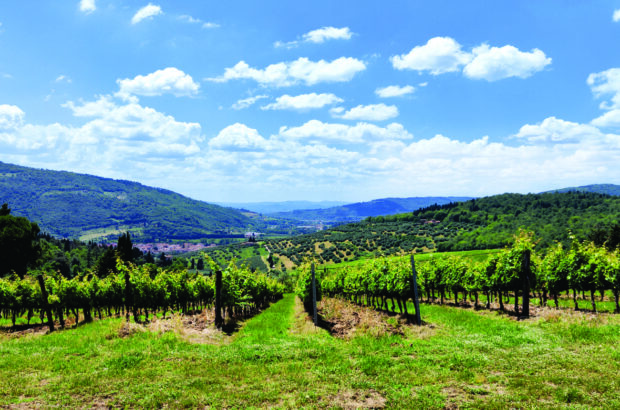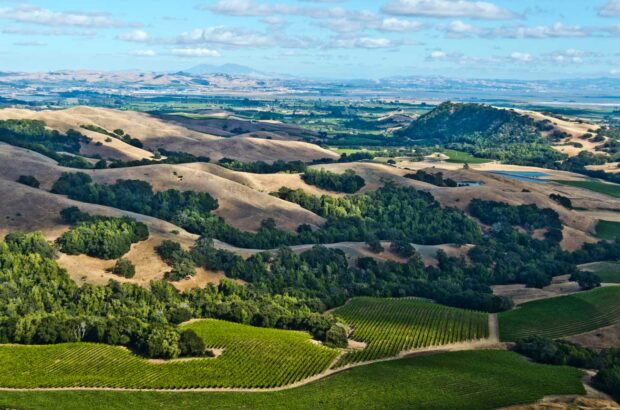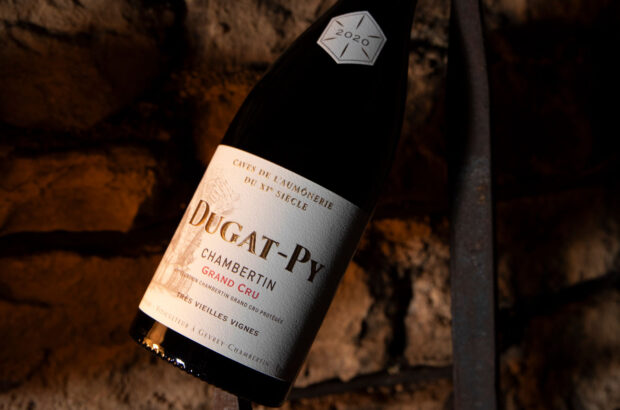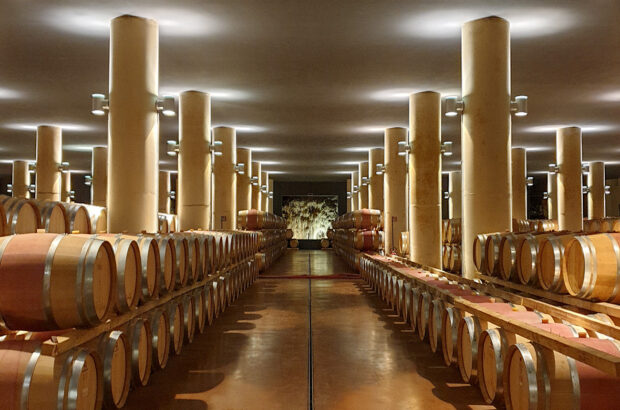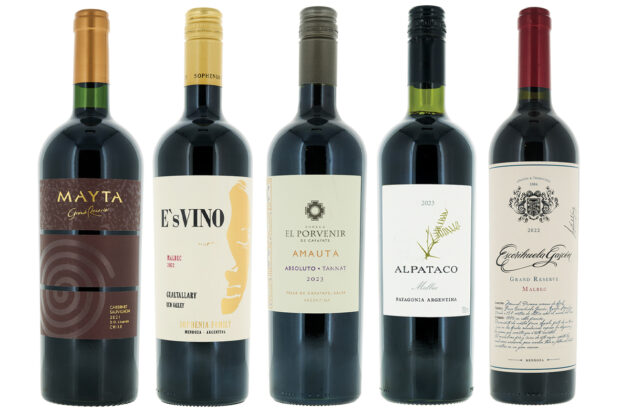Te Mata’s ‘Bordeaux’ and beyond
Tina Gellie
Founded in 1896, New Zealand’s oldest family-owned winery, Te Mata, in Hawke’s Bay on the North Island, is most famous for its red Bordeaux blend Coleraine. First made in 1982, it is regularly cited as the country’s best, named after the Northern Ireland ancestral seat of the Buck family, who jointly acquired the winery in 1974. While the Coleraine 2020 is a magnificent, ageworthy beast – brooding with latent power, tannins and rich fruit – it was some of the other new vintages that impressed at a recent tasting.
Particularly the ‘Baby Coleraine’ Awatea 2020 which, for the money (£26.68 vs £62.68 at Lay & Wheeler), is incredible value for a wine that still has two decades to go. It exudes the same intensity, structure and seriousness of its sibling, but with a creamy, juicy, lifted charm that is captivating. To top off a trio of Gironde-esque blends, the Cape Crest, Sauvignon Blanc 2021 (with Semillon and Sauvignon Gris) is classy, with lipsmacking gooseberry, samphire and lime leaf flavours (£18.28). Meanwhile, those looking beyond Bordeaux styles should seek out the producer’s Bullnose 2020. First planted in 1990, this elegant and spicy Syrah is concentrated, textured and violet-laden (POA Lay & Wheeler).
The elegance of Trothe
Clive Pursehouse
Along a dusty farm road in Washington’s Horse Heaven Hills AVA, I eventually found the Andrews Family Vineyards. Proprietor Jeff Andrews is his family’s fourth generation to farm this land. Where his great-grandfather once broke the ground from sagebrush to grow wheat, there are now acres of vines. For years the fruit has gone into some of Washington’s highest-scoring wines from names like Januik, Passing Time and Quilceda Creek.
Now Andrews and veteran Washington winemaker Ray McKee have launched a new brand, Trothe, built (and building) on the reputation and quality of blocks of Cabernet Sauvignon within the Andrews property. I was fortunate to taste the second release of their Cabernet Sauvignon, of which only nine barrels were made. The direction this partnership has chosen for this luxury project eschews the typical blueprint. Andrews and McKee are opting for elegance and refinement over big and bombastic. The Trothe, Cabernet Sauvignon 2019 is stunning. Captivating aromas of dried violet, tobacco and sagebrush give way to red berries and mocha. The wine showcases sappy blackberry and dusty cherry flavours balanced by savoury herbs and cocoa nibs. The palate and mouthfeel are lush yet layered, with lingering acidity. All framed by fine tannins that are a hallmark of the windy conditions in the Horse Heaven Hills.
Inside the qvevris
Sylvia Wu
Qvevri, the oval-shaped amphorae that originated in Georgia, have been much talked about by wine geeks in recent years. Though the vessel itself doesn’t impart any flavour, it is mainly the physical shape (which encourages movement of the must) and the fact that it’s buried underground (for a constant temperature) that have an impact on the wine’s flavour profile and texture – such was the lesson learned on my first visit to Georgia this autumn. Technicalities aside, the traditional qvevri ‘white/orange/amber’ wines are certainly memorable.
The Qvevri Bouquet Khikhvi 2018 from Mildiani Family Winery was a favourite. Showing marmalade, citrus blossom and orange jelly with a wealth of yellow fruits, it’s richly textured with a ripe streak of acidity and structured but polished tannins – clearly a more modern, refined, approachable take on the traditional style. Tiko Estate’s Orange Kisi 2021 (£20.75 Astrum Wine Cellars) is another carefully crafted beauty, with marzipan, candied orange peel and dried peach flavours and chewy tannins. The same could be said for

Twins Wine House’s Qvevris MZE Kakhuri Mtsvane 2021, though the tannin meter starts to creep up. Casreli Winery’s Qvevri Kisi 2020 (facebook.com/Casreli) is at the extreme end of the power spectrum for a dry ‘white’ – dark amber, almost tawny, with minty freshness over incredible concentration of apricot tart, quince and dried mango on the nose and palate. The tannin structure is astonishing – like a thick cup of oolong tea – a beast that demands food, as is the case for many of the more rustic, seriously extracted styles that are not a rarity in the Kakheti wine region.

Kurtatsch – Harnessing the power of many
Ines Salpico
Alto Adige’s cooperatives are a case study in collective and long-term commitment to quality and sustainability. Among the most fiercely quality-driven is Cantina Kurtatsch. Last month, the Kurtatsch team hosted an intimate gathering in London for a vertical of the Brenntal Riserva Merlot and Freienfeld Riserva Cabernet Sauvignon, finishing with the presentation, en primeur, of the 2015 vintage of its flagship Tres. The wine – 77% Merlot, 20% Cabernet Franc and 3% Cabernet Sauvignon, of which only 2,120 bottles were produced – impressed for its quality and triggered an interesting discussion about what it means (and what it takes) to produce a ‘fine wine’ in 2022.
When available, Tres will retail for a healthy three-digit sum. At the post- tasting dinner, however, I was dazzled by the quality of Kurtatsch’s most affordable wines. The Caliz Chardonnay 2021 (£15.70 Haynes Hanson & Clark) punches well above its weight, with its incredible purity and crystalline quality of lemon, yellow apple and whiteflower aromas. Likewise, the Sonntaler Schiava 2020 (£22.80 Alpine Wines) seduced with its unpretentious elegance, freshness and flavours of red cherry, plum and pomegranate.
A fitting tribute
James Button
In October, I was at the Institute of Masters of Wine for a special tasting organised by Vinexus. Special not just for the wines on show (an impressive preview of nearly 100 Brunello 2018, Barolo 2019 and Barbaresco 2019 wines) but also because it was less than a month since the death of the Italian specialist’s founder Nicolas Belfrage MW, and six months since the passing of his colleague Nick Bielak MW. Shortly before he died, Belfrage had selected some whites to show at this tasting – likely inspired by a book on Italian whites the two MWs had begun work on. Of these, the Casal Pilozzo, Colle Gaio, Lazio 1996 was a stunner. Made from Malvasia del Lazio, its waxy, spicy layers revealed lanolin, lemon peel, tangerine, coffee bean, smoke and wild herbs.

Monte Schiavo, Le Giuncare Riserva, Verdicchio dei Castelli di Jesi 2013 demonstrated how well Verdicchio can age, its yellow plum and sage scents mingling with crème brûlée and toffee flavours, an undercurrent of saline and leafy freshness, and an apricot skin finish.

Valentini’s Trebbiano d’Abruzzo 2017 (£135 WoodWinters) perfectly showcased the potential of Trebbiano Abruzzese: an enticing aroma of herbal bitters, lemon posset and citrus peel, and a complex palate with a core of apple juice woven with toasted spices and white pepper. Elegant despite its weight, the acidity gives great balance and a long finish.






